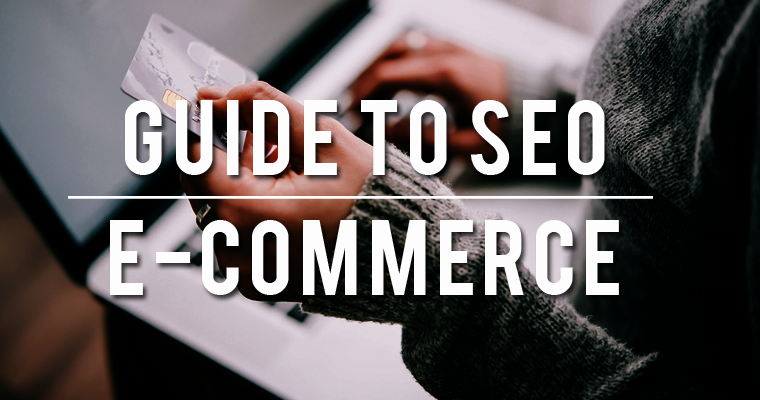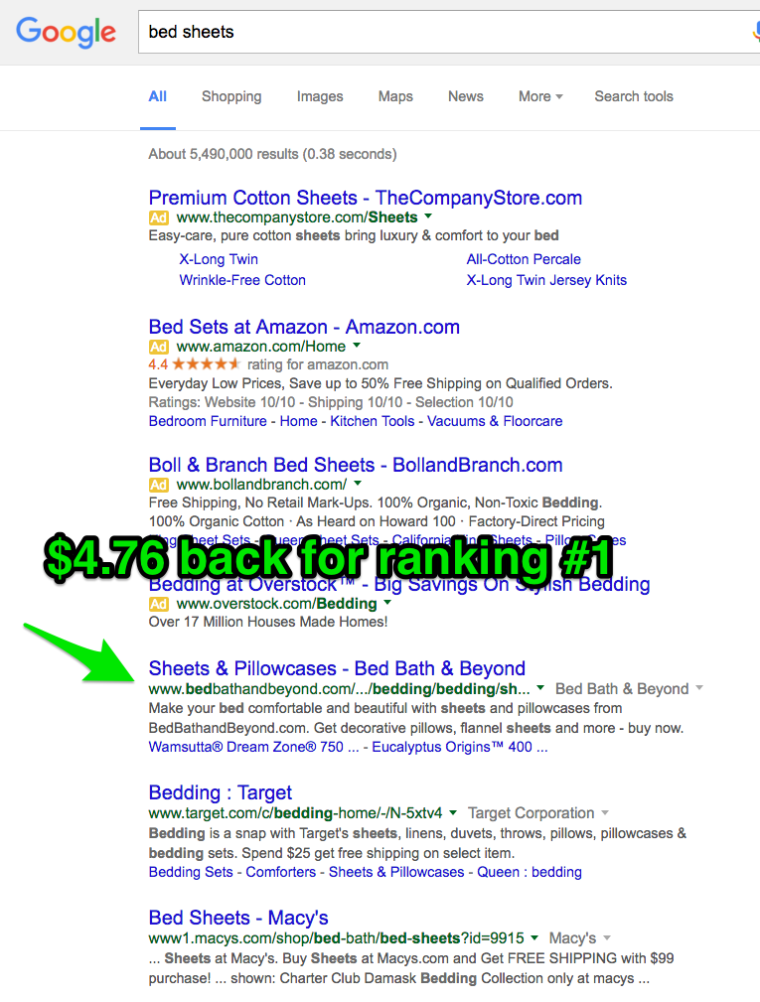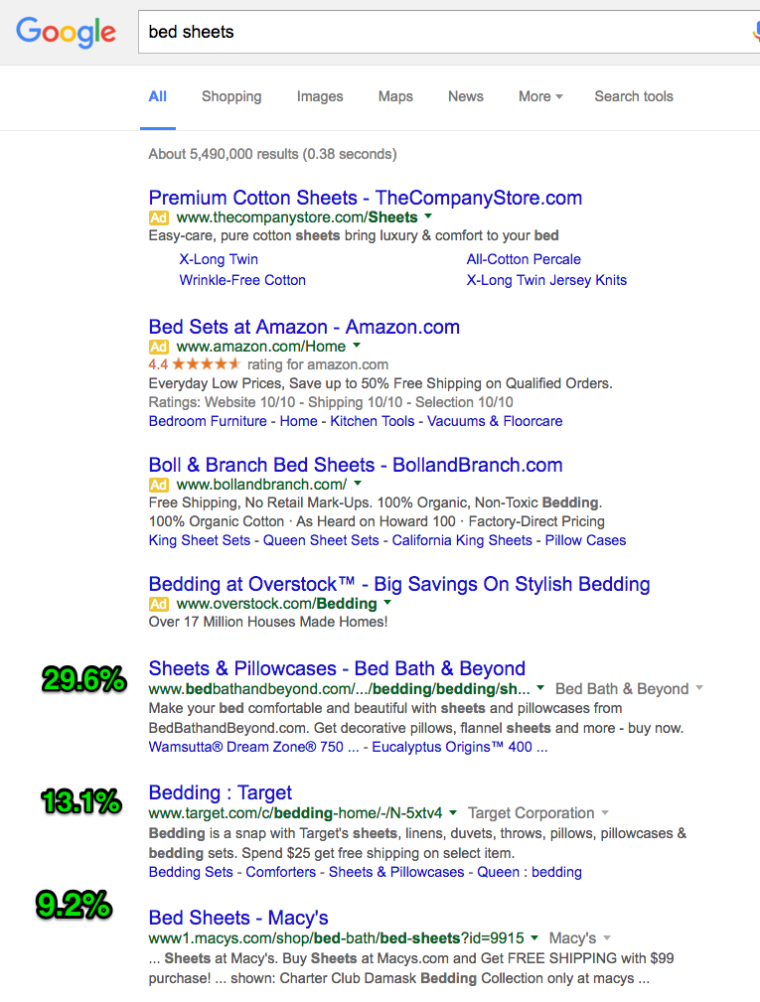 Once upon a time, e-commerce sites were limited to giants of the ’90s—Amazon, 1-800-Flowers, eBay, and all things e-commerce from the Bob Saget and this Windows 95 Guide era. Now, with so many build-it-yourself options like Shopify, BigCommerce, and Squarespace, the basics of SEO for e-commerce are dramatically changing. Meanwhile, the needs of custom-built websites are also shifting; gone are the days when every URL that ended with a long string of something .com/w89gm79sal;712wi-blah-blah-blah was acceptable.
Once upon a time, e-commerce sites were limited to giants of the ’90s—Amazon, 1-800-Flowers, eBay, and all things e-commerce from the Bob Saget and this Windows 95 Guide era. Now, with so many build-it-yourself options like Shopify, BigCommerce, and Squarespace, the basics of SEO for e-commerce are dramatically changing. Meanwhile, the needs of custom-built websites are also shifting; gone are the days when every URL that ended with a long string of something .com/w89gm79sal;712wi-blah-blah-blah was acceptable.
I like to think of building an e-commerce site for SEO as the equivalent of In-N-Out Burger’s “secret” menu: You can customize like crazy, just as long as you know how to ask (Animal style anyone?). Let me explain. Buried in the recesses of many e-commerce websites are options to increase sales and conversions simply by optimizing them with the best possible SEO tactics that suit your needs.REI, for example, offers hundreds of products—each with its product description, metadata, customer reviews, Q&A, and sometimes a custom product video.
And there’s way more where that comes from: Zapposand The Body Shop are both giving us custom product videos. Over at Staples and ASOS, you can see the clean UX and site architecture. And, Seattle-based e-commerce icon, Amazon, gives us customer reviews filtered by stars, formats, and reviewers.
Of course, DIY-ing SEO for your e-commerce is an option both promising and intimidating: Implementing SEO strategies all on your own feels like a major win, but with so many tactics to choose from, simply getting started can feel overwhelming. So, I’m here to provide guidance. Ahead, I’m offering a roadmap for how to get started with SEO for your e-commerce website.
Follow these tips when building your e-commerce site, and you’ll wind up with a website that will drive your traffic—plus, your website won’t look like an episode of Hoardersinvaded it.
SEJ SUMMIT. For SEOs. By SEOs.
Join digital marketing experts from Google, CLASSPASS and more in New York this November.
Why is SEO Important for E-Commerce?
Gaining new customers can be hard, especially if you’re not being found by search engines. And, with 44% of online shoppers beginning their search with a search engine, you’re going to want to hop on the SEO bandwagon. Why? Well, according to the U.S. Department of Commerce, e-commerce sales in 2015 were $341.7 billion for the year. That’s a 14.6% increase compared to 2014s $298.3 billion. The report went on further to note that online sales were 7.3% of total retail sales in 2015, versus 6.4% in 2014.
Still not convinced to use SEO for e-commerce? Kissmetrics saw that 30.5% of all traffic to Yotpo’s databasewas coming from organic searches on Google, Bing, Yahoo, and other search engines. Or, check out Ahrefs case study on Australia-based toy company, ToyUniverse. Ahrefs saw an increase in organic traffic by 116% through SEO efforts. And, let’s not forget about SEMrush’s double jeopardy technique to increase site traffic by 1780%.
And, check out this study from Points Group on the value of ranking #1 in Google—for every $1.00 spent, they earned $4.76 back.

If you’ve been paying attention during the past decade (or even the last few sentences), you’ll have noticed a movement of e-commerce businesses truly owning their SEO strategies. Be it technical SEO, fixing meta, or opting for off-site support, online businesses far and wide are shifting away from traditional marketing trends and choosing, instead, to target consumers online with whatever excites them.
Plus, any opportunity to enhance your click-through rate in the SERPs should always be taken. Why? This study by Infront Webworks goes in-depth about the average click-through rate based on your positions on page one of Google.

Now when planning a marketing calendar, key terms like “340k per billboard” and “blink-ad” have been replaced with “https” and “noindex, follow”. I’m seeing a welcome shift toward digital marketing, especially SEO, to give e-commerce brands something that makes me them stand out from the cookie-cutter crowd—whether it’s fixing broken links, updating meta tags, replacing duplicate content, or compressing product images. It’s all SEO.
So, in honor of the non-traditional, anti-duplicate content, real-SEO era in which we’re living, I’ve decided to highlight five SEO strategies that are essential to shifting your e-commerce site away from the one-marketing-tactic-fits-all mantra. Read on for what I have to say about my client case studies, and let these words (and beauteous websites) serve as the inspiration to let your SEO optimized e-commerce flag fly.
A Step-By-Step Guide to SEO for E-Commerce Websites

No comments:
Post a Comment